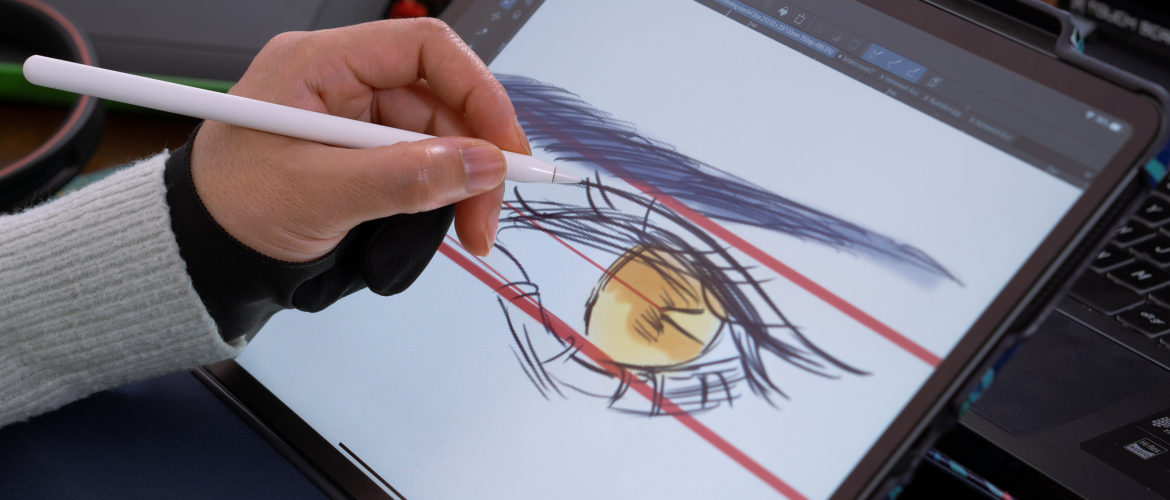4 Ways Digital Art Shapes the Art Industry

News about digital art and today’s hot topic NFTs pop up here and there every single day. If you carefully follow them, you may start thinking that digitalization is rapidly taking over the world and slowly swallowing the traditional art as we know it. In truth, it is a bit exaggerated viewpoint, and the newsmakers are to blame. Over the last decade, digital artists have become an integral part of the industry – but definitely not the main part. Technologies indeed shape the market and our understanding of art itself, and it is essential to pay attention to the impact they exert.
Four Ways Digital Art Shapes the Art Industry
Art becomes more mainstream
With artworks becoming more and more accessible, art quickly becomes popular. People often stumble across artists when they browse Twitter, watch TikTok, and spend time in Instagram feed–all this is sometimes called internet art. The internet makes art omnipresent, which simultaneously makes it more mainstream and visible against the background of global information pollution.
It diversifies the job market
These days, a digital artist is a vague or rather umbrella term that means different things in different situations. However, it doesn’t deny the fact that freelance artists, be they animators, painters, or graphic designers, are needed as specialists. There is already a clear distinction between traditional artists and digital ones, and the gap–in a positive sense–will be becoming even bigger in years to come.
Digital art makes art therapy more accessible
Art therapy is a thing, and it doesn’t always mean that you need a specialist–though it is recommended. Therapy may consist of activities that you can do by yourself. Painting, drawing, sculpting, carving, and modeling are just some of the mediums that you might benefit from. With the help of software or/and drawing tools, you can add art-based therapy to your life cost-effectively.
It helps traditional art sell – in a way
When it comes to news, people rely on technology. If you follow some digital artists on the Internet, the chances are that you will learn more about the art world and its essential components, such as art fairs, galleries, museums, festivals, and auction houses. Since digital art already holds a niche in the traditional market, it will build a bridge between critics and lovers of both philosophies.
On the Whole
Digital art is in constant progress, and its future is known to no one. The fact is that it shapes the industry and craves more recognition from the public. Beyond all debates, it is essential to see value in every artwork despite the shape and form it takes on.
